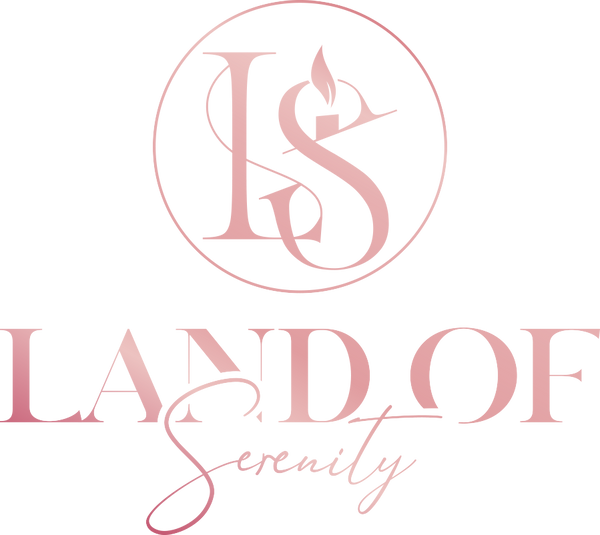Understanding different types of therapy can help you choose the right path for your wellbeing journey. Here’s a straightforward guide to common therapy styles:
1. Cognitive Behavioural Therapy (CBT)
What it is: Focuses on identifying negative thought patterns and replacing them with positive, realistic ones.
Why it helps: Ideal for anxiety, stress, and low mood—teaches actionable tools to shift thinking in the moment.
Journal tip: Reflect on how your thoughts evolve in a session using the Positivity Journal.
2. Mindfulness-Based Therapy
What it is: Combines mindfulness practices—like breathwork and meditation—with self-reflection.
Why it helps: Teaches presence, reduces overwhelm, and increases emotional awareness.
Journal tip: Use entries to track meditation habits and emotional states, reinforcing growth with mindful journaling.
3. Psychodynamic Therapy
What it is: Explores how past experiences shape current thoughts, feelings, and relationships.
Why it helps: Brings insight into recurring patterns, self-sabotage, or deeper emotional wounds.
4. Dialectical Behavioural Therapy (DBT)
What it is: A form of CBT enriched with mindfulness, distress tolerance, emotional regulation, and relationship skills.
Why it helps: Particularly effective for intense emotions, overwhelm, or high reactivity.
5. Interpersonal (IPT) and Relationship Therapy
What it is: Focuses on improving communication, conflict resolution, and relationship satisfaction.
Why it helps: Great for couples issues, family tension, or challenges making new connections.
Journal tip: Practice clarity and intention-writing in your Breakup Journal, even if you're not ending a relationship—it supports any relational growth.
6. Solution-Focused Therapy
What it is: Goal-oriented and future-focused; emphasises building on strengths to tackle current challenges.
Why it helps: Well-suited to setting clear intentions and staying motivated.
Journal tip: Combine this approach with the Manifestation Journal to structure goals and celebrate small wins.
7. Group Therapy
What it is: Conducted in a small group, led by a therapist, nurturing community through shared experiences.
Why it helps: Offers support, normalises challenges, and enhances connection.
8. Art & Creative Therapies
What it is: Uses creative tools—like drawing, movement, or writing—to express and process emotions beyond words.
Why it helps: Great for those who struggle to verbalise feelings; taps into subconscious insight.
Journal tip: Pair sessions with reflective snippets or freewriting in your favourite Land of Serenity journal of choice.
Choosing the Right Therapy
-
Consider your goals: Do you want tools (CBT), insight (psychodynamic), or emotional regulation skills (DBT)?
-
Think about your style: Pragmatic? Insightful? Communal?
-
Try a taster: Many therapists offer free discovery sessions—trust your instincts.
-
Track your progress: Use your Land of Serenity journal to note what resonates and where you feel growth.
Why Pair Therapy with Journaling?
Journals reinforce therapy by allowing you to process thoughts and emotions between sessions, make discoveries tangible, and celebrate breakthroughs. They help build self-awareness and encourage steady progress in your transformation journey.

